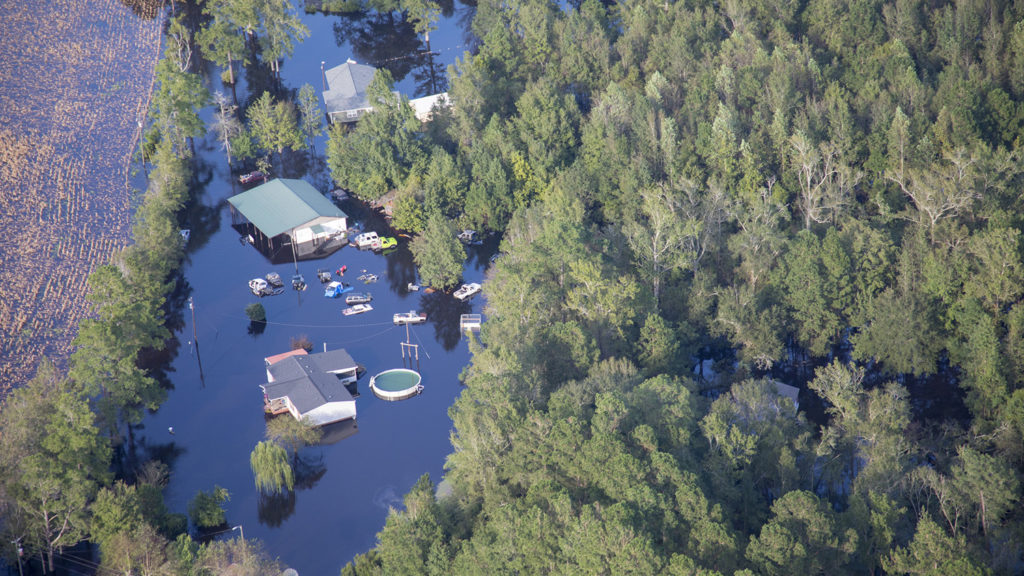Arcobacter Abundant in Hurricane Florence Floodwaters
go.ncsu.edu/readext?741375
en Español / em Português
El inglés es el idioma de control de esta página. En la medida en que haya algún conflicto entre la traducción al inglés y la traducción, el inglés prevalece.
Al hacer clic en el enlace de traducción se activa un servicio de traducción gratuito para convertir la página al español. Al igual que con cualquier traducción por Internet, la conversión no es sensible al contexto y puede que no traduzca el texto en su significado original. NC State Extension no garantiza la exactitud del texto traducido. Por favor, tenga en cuenta que algunas aplicaciones y/o servicios pueden no funcionar como se espera cuando se traducen.
Português
Inglês é o idioma de controle desta página. Na medida que haja algum conflito entre o texto original em Inglês e a tradução, o Inglês prevalece.
Ao clicar no link de tradução, um serviço gratuito de tradução será ativado para converter a página para o Português. Como em qualquer tradução pela internet, a conversão não é sensivel ao contexto e pode não ocorrer a tradução para o significado orginal. O serviço de Extensão da Carolina do Norte (NC State Extension) não garante a exatidão do texto traduzido. Por favor, observe que algumas funções ou serviços podem não funcionar como esperado após a tradução.
English
English is the controlling language of this page. To the extent there is any conflict between the English text and the translation, English controls.
Clicking on the translation link activates a free translation service to convert the page to Spanish. As with any Internet translation, the conversion is not context-sensitive and may not translate the text to its original meaning. NC State Extension does not guarantee the accuracy of the translated text. Please note that some applications and/or services may not function as expected when translated.
Collapse ▲Flooding near the Cape Fear River during Hurricane Florence in 2018. (U.S. Army Photo by Staff Sgt. Mary Junell. Click for more information.)
Recent research on bacteria that can cause foodborne illness found something surprising – Arcobacter rather than Campylobacter in floodwaters following Hurricane Florence.
by Tracey Peake
A North Carolina State University research team’s search for Campylobacter in the floodwaters from Hurricane Florence instead uncovered an abundance of a related emerging pathogen: Arcobacter. The study raises questions about the prevalence of these understudied bacteria and demonstrates the ways in which floodwaters can amplify or spread pathogens over a geographical area.
Campylobacter is a well-known group of foodborne bacteria, spread primarily through contact with contaminated fecal matter. In humans it causes symptoms commonly associated with “food poisoning,” such as diarrhea, fever and cramps. However, Campylobacter infections also constitute one of the leading precursors of Guillain-Barré syndrome, a serious complication that can cause permanent disability and paralysis. Food animals – particularly poultry and hogs – are known reservoirs of Campylobacter bacteria.
By comparison, Arcobacter – which can look and behave similarly to Campylobacter – is an emerging, primarily waterborne, pathogen. Its prevalence in the environment is unknown and its role in human disease has only been confirmed in the past two decades.



